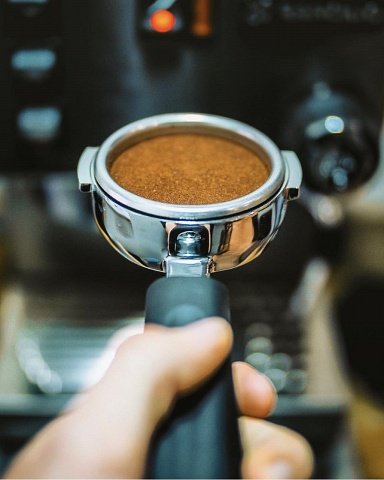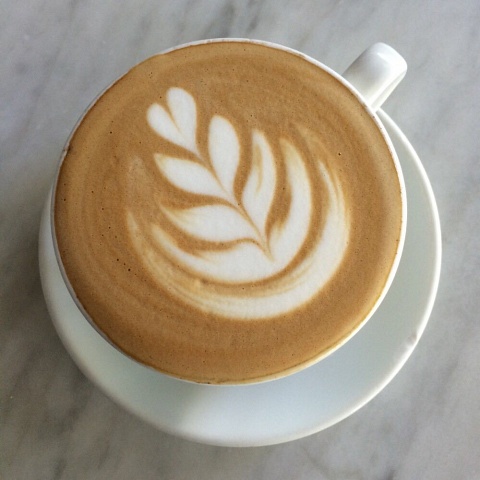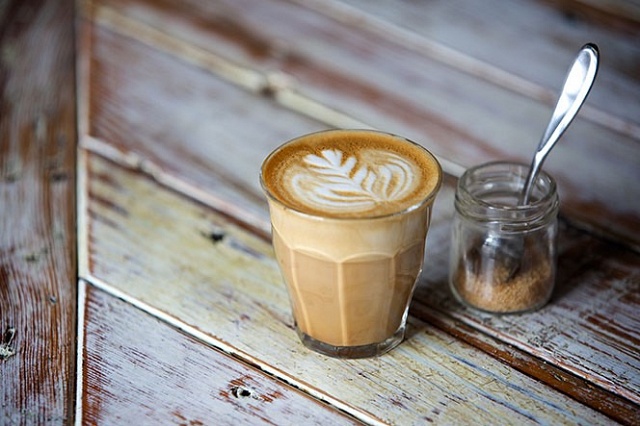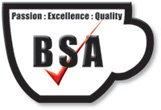London Training Visit
21 February 2019 by Matt Lawrence








On the 8th December 2018 we visited the London School of Coffee one of the leading organisations in the world of Coffee. During our visit we received the following training in the skills of;
- Roasting
- Home Brew
- Latte Art
- The Grinder
- Customer Service
- Understanding Different Milks and impact they have on coffee.
- The Role of Milk in Coffee
- Cleaning
From this training we can further enhance and offer greater support to our very own customers and also be confident in running our own courses to both our existing customers and the general public
This introductory class took me through the roasting process from start to finish, starting with a crash course in all things green (coffee), followed by a breakdown of the equipment used, then an intro to roasting protocols and profiles, and rounding it all off with a cupping (coffee tasting) of the coffee we roasted on the day.
****Aware of the origins of coffee as the fruit of different species of coffee tree Aware of Arabica and Robusta Can recognise the coffee tree and cherry
****Aware of the process of getting coffee from the farm through to the final drink Aware that coffee is picked, the beans extracted, and then eventually roasted
****Aware that coffee varies in flavour based upon different varieties, origins and roast Can differentiate broad differences in coffee flavour based on species and
- Home Brew*
Firstly we started ‘Cupping’ (a coffee tasting), where we got to try a variety of different beans and discover just how diverse the flavours of coffee can be. Next, we tried out a variety of slow brew methods including the Aeropress, French press, and a variety of drip coffees, tasting and understanding the differences between each one. Throughout, we learnt hands-on how water temperature, extraction time, grind size, and a whole bunch of other factors can drastically affect the final product.
If I wanted to know more about the beans I am buying, or want an in-depth session on home brewing, then this gave me all I needed to know.
*WATER TO COFFEE RATIO*- Basic awareness that sufficient ground coffee is required, per litre of water, to make a quality cup of coffee Basic awareness of the quantity of coffee commonly used for espresso 7 – 10g of coffee commonly used for single espresso dependent on choice, culture, and coffee used
-GRIND SIZE Aware that grind size affects the rate of extraction (based on surface area) and the speed water can flow through Can identify appropriate grind texture for espresso, filter and cafetière Aware that the time the water is in contact with the coffee is often controlled by grind size and turbulence Basic understanding why each grind size is appropriate
-BREW TIME Aware that the amount of time the water is in contact with the coffee will allow different quantity of solids to be dissolved Filter Coffee (1ltr +) 4-6 minutes, Single cup filter 1-3 minutes, Espresso 20-30sec
-WATER TEMPERATURE Aware that the correct water temperature of water is required to dissolve the desired flavours from the coffee Temperature range of 92c – 96c advised
-BREW TURBULENCE Aware that increase in turbulence of the water in contact with the coffee, will increase extraction Can demonstrate how to use turbulence in brewing methods
-WATER QUALITY Awareness that water quality varies in different regions and this can affect brew quality Understand the meaning of water “hardness” and scale Understand that water may have unwanted taints/odours. FILTER METHOD Aware of different filtering methods: paper, cloth, screen, metal filter Be aware of different filter methods and their characteristics. Aware of pressure brewing and impact of time and grind size Aware that increase of pressure can decrease brewing times
*EQUIPMENT*-Aware of a range of different equipment used for brewing coffee Can identify: a filter brewer, a Pour Over, a Chemex, an Aeropress, a Syphon, a French Press (Cafetiere), a Mocha pot, an espresso machine
- Latte Art*
This part of the course covered everything Latte Art related, understanding how the Protein and fat of Milk come together to allow us to produce ‘Microfoam’ to perform ‘Latte Art’ We used machines to measure different types of Milks from Full Fat, Semi, Skimmed, Soya and Professional Barista UHT milk to determine the correct and most ideal coffee partner to create Latte Art.
The Perfect Ratio for Texturing Milk
Water 40%
Fats 0-4%
Proteins 3%
Sugars/Lactose 3%-5%
Texturing Milk
Next we moved on to how to Texture Milk, We practiced the following technique;
Step One: Select your milk. It should be refrigerated and as fresh as possible. Pour it into your jug to just below the bottom of the pouring spout to give yourself enough room for stretching.
Step Two: Insert the steam wand at a slight angle just below the surface of the milk, and engage it. The aim is to force the milk around the jug in a whirlpool motion. This is what we mean by ‘stretching’; creating microfoam by gently letting air into the milk and making lots of tiny bubbles.
Step Three: Place your hand on the jug. When it reaches body temperature, stop introducing more air by subtly changing the position of the steam wand, moving it a little further into the jug. This will increase the temperature without adding more air.
Step Four: To create a marshmallowy texture, continue to spin the milk in a whirling motion, but with the steam wand a little more submerged in the milk. You shouldn’t hear any hissing at this stage.
Step Five: When the jug is too hot to touch, place it to one side and prepare your espresso.
Step Six: Tap the jug on your counter top to get rid of any larger bubbles. When you are ready to pour, swirl the milk around in the jug to combine the liquid milk with the microfoam. It should have the consistency and sheen of smooth wet paint.
Step Seven: Pour and enjoy!
The Role of Milk in Coffee
The coffee world is familiar with the use of milk in preparing coffee drinks. Milk’s ability to create perfectly stable foams makes it a favorite among barista coffee makers and customers alike. Milk proteins and milk fat have crucial importance when creating stable milk foams of stability and attractive texture. The Best Coffees are made from Full Fat (Unless Customer requests otherwise) Filtered Milk.
Coffees made from Milk with a higher fat content are fuller, silkier and rich in flavour and go a long way to helping to create that ‘Microfoam’ to produce Latte Art. Proteins are what makes your milk foam. As the milk heats to more than 60 degrees, proteins denature and are bound together, coating and stabilising the air bubbles that are being introduced by the steam wand. This is what gives good milk-based drinks their light, fluffy marshmallow texture. Lactose is essentially what gives milk its sweetness. The component is less soluble than sucrose and seems less sweet, but heating the milk increases its solubility. This means that sugars are broken down in the beverage, therefore increasing its sweetness.

